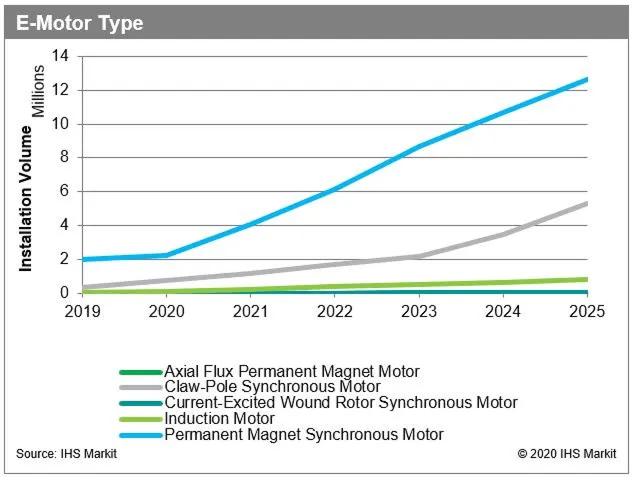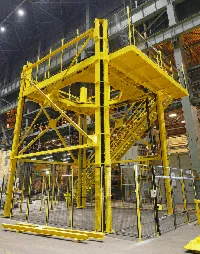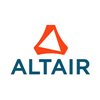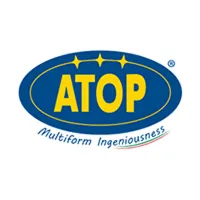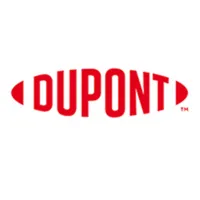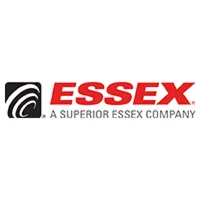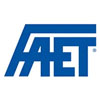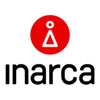e-Mobility: A Silent Revolution?
With qualifications in materials engineering, Jo worked for a UK independent, contract research and development company gaining experience with diverse numbers of, mainly, high-performance materials, processes and inspection methods for a variety of international clients from European aerospace to SMEs. Based in France since 1989, she continues to provide techno-commercial services on a freelance basis and is now working with the Altair HyperWorks® team.
For more than a century, the internal combustion engine (ICE) – in all its shapes and forms – has been propelling us across land, sea, and air. With ever-growing concerns over fossil fuels affecting the environment, as well as their finite supply, the identification of new transportation methods utilizing alternative energy sources has become of increased importance. Enter e-Mobility – a simple term on its surface. When you explore more deeply, however, you reveal a multitude of new or different technologies that all must coalesce to keep future generations on the move.
Altair were quick to recognize the challenges facing the numerous e-Mobility activists – new electric vehicle technology companies, OEMs, automobile manufacturers, and the large automotive suppliers – and to offer interdisciplinary, optimization-driven Multiphysics solutions for designers of tomorrow's vehicles. These solutions strive to lend a much-needed helping hand to EV technology developers to meet passenger comfort, safety, and road security: batteries, fuel cells, motors, drive trains (or lack of drive trains), electro-mechanical control, onboard electronics, sensors, mechanics, thermal- and power management, all housed in lightweight but durable structures.
Here, we take a look at one small, but crucial aspect of e-Mobility: proper design of vehicle electric motors, in particular with regard to noise, vibration, and harshness (NVH).
Significant levels of NVH come from vehicle components, structure- or air-borne, from poor road and other conditions. They can cause passenger discomfort, affect vehicle durability and have an impact on energy efficiency. While NVH reduction materials help absorb noise, vehicle manufacturers are now focusing on improving the ride by reducing noise through vehicle design. Altair HyperWorks suite; particularly Altair FluxTM, Altair OptiStructTM, Altair HyperMeshTM, and Altair HyperStudyTM are widely-used to perform multi-physics optimization for noise reduction of complete systems.
Elaphe Propulsion Technologies, based in Slovenia, Europe, offers innovative, simple-to-produce, motor and powertrain solutions for electric vehicles (EVs). Their high-torque in-wheel motors are one of the lightest and most compact in the world, designed using their proprietary electromagnetic topology coupled with Altair tools. Their motor design enables most electromagnetically active parts to perform multiple functions: magnetic flux; carry electrical current; heat management and structural rigidity, all at the same time.
Housed entirely within the hub, or in close proximity, Elaphe's in-wheel drive systems comprise not only electric motors but also integrated standard OE braking systems. Their motors ability of direct drive also covers functions performed in conventional engines by the clutch, transmission, differential and other related parts, making them redundant in the overall EV architecture and lay-out. With in-wheel electric motors, the mechanical power (torque) is generated directly where it is required – inside the wheel itself – reducing unnecessary losses in drive trains and increasing overall efficiency; some systems claim 90% on average. There are multiple advantages to packaging, space-availability, function, and overall vehicle weight reduction. However, utilizing the usually empty space inside the wheel also poses some interesting challenges with respect to NVH.
Far from being silent, typically electric motors with their drives create vibrations and noise. Torque, generated by electromagnetic forces within the motor, also creates some parasitic vibrations of the stator, which in turn excites the motor's mechanical support structure to produce sound. Because these excitations depend on the harmonic content of the currents that feed the motor, the shape of the motor's rotor and stator, and on the interaction of the electric frequencies with the natural mechanical modes of the structure, all these factors must be considered when designing a simulation flow by coupling the electromagnetic and vibration analysis to achieve an efficient optimized motor design.
Elaphe's approach has been focused on a holistic view of a system, by successfully combining their proprietary NVH optimization algorithms with several Altair products to create a workflow that has not only decreased the noise by as much as 20dB within the most critical frequency ranges, but also reduced the simulation process to last mere hours, as opposed by days, or sometimes weeks. The main objective for a more automated and user-friendly simulation workflow was to speed-up their NVH evaluation process within a development cycle, and in particular, to deeply understand noise radiation.
The simulation workflow considers the interaction between the electromagnetic (EM) function of the motor and structural optimization, understanding how they influence the NVH performance.
Figure 2 – Elaphe advanced simulation flow for coupled analysis.
The parameterization of the EM model, utilizing Altair Flux along with Elaphe's proprietary optimization algorithms, leads to the creation of the EM FEM model and NVH optimization. A major constraint to the optimization criteria was to retain Elaphe's patented stator winding design; a compact multiphase wave winding for a high specific torque electric machine.
By focusing on optimizing the rotor topology and parametric optimization of the stator, general process tools were developed and implemented. Because of the complex design space and the number of degrees of freedom, a multi-object evolutionary optimization algorithm was selected as the base for some of the processes. The ability to evaluate radiated noise quickly and easily was important for the FEM model. The Elaphe in-house optimizer enables obtaining a fast NVH estimate from the EM force distribution, without the need for a complete FEM structural model.
Altair HyperWorks tools are used for the structural-acoustic optimization. By utilizing algorithms embedded within Altair's structural solvers, setting-up and running the optimization is quite straightforward. The ability to link Altair's OptiStruct structural solver with Altair Flux enables Elaphe's R&D engineers easy mapping of EM forces. On the structural side, topology optimization increases the stiffnesses in the axial and radial directions while retaining as low weight of the structure as possible, providing the initial shape of the rotor housing candidate. This is then further refined during the topography study, using a bead optimization on the predefined shell geometry of the candidate to decrease the equivalent radiated power (ERP) of the housing without affecting component weight.
Both topography and topology optimizations are efficient and robust. The ease of incorporation of the optimization routines into the overall design process and their usefulness in improving the NVH workflow means it can be widely applied across Elaphe's industry projects.
Elaphe's in-wheel powered direct drive vehicles are also the highest-performance in-wheel vehicles in history. See the performance these motors can achieve without using any gears, transmissions or differential to transfer mechanical power from the source to a wheel.
To download the full Elaphe whitepaper please click here and to learn even more about Elaphe visit Altair and Elaphe at CWIEME Berlin.
The highlights of Elaphe and Altair at CWIEME Berlin are:
- Elaphe at the Altair Mini Event on May 21st at 14.05 pm on CWIEME Central.
- Gorazd Gotovac, CTO, Elaphe Propulsion: Power Density with Low Noise and Vibration – Innovative In-wheel Electric Motor
- Elaphe on stage at EV Momentum on May 21st at 4:45 pm.
- Gorazd Gotovac, CTO, Elaphe Propulsion presenting within the E-Motor & Powertrain Tech Talks Series: Simulation based R & D for structural integrity of in-wheel motor
- Altair booth in hall 3.1 (CWIEME's dedicated E-Mobility hall) at booth 31D10
- A joint on demand webinar presented by CWIEME, Elaphe, and Altair. To watch the webinar please click here!
All material at one glance can be found here!
Sources:
https://auto.howstuffworks.com/in-wheel-motor3.htm
https://www.grandviewresearch.com/industry-analysis/automotive-nvh-materials-market
https://omnexus.specialchem.com/tech-library/article/staying-behind-the-wheel-of-mobility
https://cleantechnica.com/2017/07/03/4-wheel-motors-elaphe-power-bmw-x6-video/
https://www.digitaltrends.com/cars/elaphe-high-torque-in-wheel-electric-motors/
